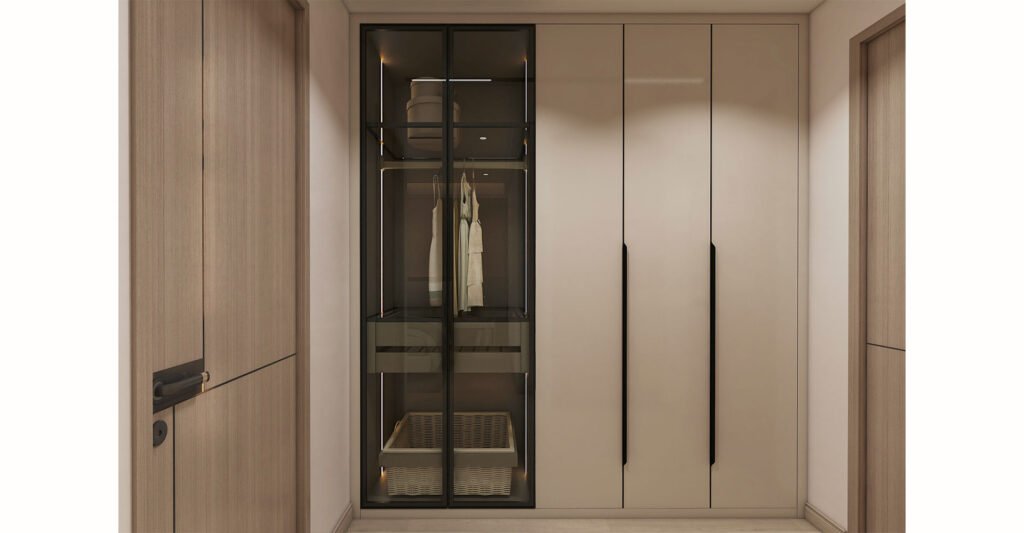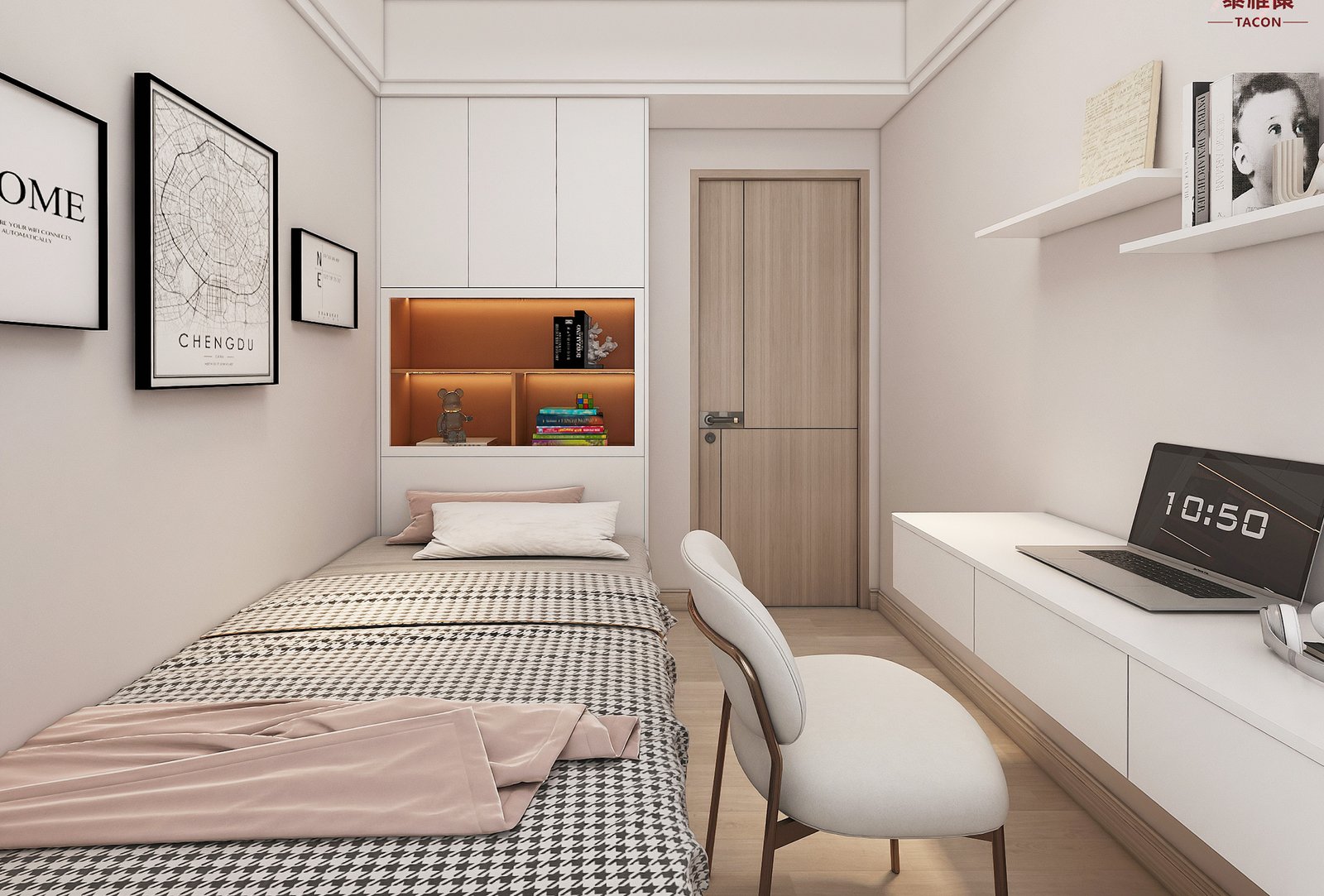Plywood is a versatile material used in everything from flooring and roofing to cabinetry and furniture. When choosing plywood for a construction project, understanding the right thickness and quality for each application is crucial for durability and safety. In this guide, we’ll explore the factors you should consider in choosing the right plywood thickness and grade for your specific project, ensuring that you get the best performance and value.
Why Plywood Thickness and Quality Matter
The thickness and quality of plywood impact the strength, stability, and longevity of any structure or item built with it. For example, load-bearing structures like subfloors and roofing require thicker, high-quality plywood, while decorative wall paneling may only need a thinner grade. Choosing the appropriate type and thickness is key to achieving a lasting and safe build.
Understanding Plywood Thickness
Plywood is available in a range of thicknesses, typically measured in millimeters or inches. Common plywood thicknesses include 1/8-inch, 1/4-inch, 1/2-inch, 3/4-inch, and even thicker options for heavy-duty applications.
Recommended Thickness by Application
- Wall Paneling and Cabinet Backs (1/8 to 1/4 inch): Thin plywood (1/8 to 1/4 inch) is ideal for wall paneling, cabinet backs, and other decorative uses. It’s lightweight and cost-effective, but not suitable for structural applications.
- Furniture and Cabinetry (1/2 to 3/4 inch): For furniture and cabinetry, a medium thickness of 1/2 to 3/4 inch is recommended. This provides enough strength for shelves, drawers, and cabinet doors without adding unnecessary weight.
- Subfloors and Roof Decking (3/4 inch and above): Structural applications like subflooring and roofing require thicker plywood (at least 3/4 inch) to support weight and provide stability. The extra thickness ensures durability and resistance to warping under load.
- Heavy-Duty Flooring and Industrial Uses (1 inch and above): For projects involving heavy machinery or high traffic, such as industrial flooring, consider plywood that is 1 inch or thicker. This is essential to avoid sagging or weakening under heavy loads.

Plywood Quality Grades
Plywood quality is determined by grades, which indicate the appearance and quality of the veneers. The most common grades are A, B, C, and D, with A being the highest quality and D the lowest. Plywood grades also often come in pairs (e.g., A-C, B-B) to indicate the quality of the face and back veneers.
Plywood Grades Explained
- A-Grade: High-quality, smooth finish suitable for visible applications where appearance matters, such as cabinetry or furniture. A-grade plywood has minimal knots or blemishes.
- B-Grade: Slightly lower quality than A-grade, but still good for furniture and cabinetry. It may contain small imperfections but can be painted or stained.
- C-Grade: Acceptable for structural purposes where appearance isn’t a concern. C-grade plywood may have visible knots and imperfections and is often used in subflooring or behind-the-scenes construction.
- D-Grade: The lowest quality, typically used where appearance doesn’t matter at all, such as in subflooring or as backing in construction. D-grade plywood has larger knots and blemishes but is affordable for areas that will be covered.
Selecting the Right Plywood Grade for Your Project
- Visible Applications: For projects where the plywood surface will be visible, such as cabinetry, shelving, or furniture, choose A or B-grade plywood to ensure a clean, polished look.
- Structural Applications: For hidden structural components, such as subflooring or roof decking, lower grades like C or D provide cost savings without sacrificing functionality.
Additional Factors to Consider in Choosing Plywood
- Moisture Resistance: If your project is outdoors or in a moisture-prone area, select exterior-grade or marine-grade plywood, as these options resist water damage and rot.
- Plywood Type: Depending on the use, you may need specific types, such as softwood plywood for structural projects, hardwood plywood for furniture, or marine-grade plywood for outdoor applications.
- Plywood Core: Plywood cores vary, with options like veneer core (most common), lumber core (for added stability), and MDF core (for a smoother surface). Choose the core type based on your project’s need for strength, smoothness, or thickness.
Sample Plywood Selection Guide by Project Type
| Project Type | Recommended Thickness | Recommended Grade |
|---|---|---|
| Wall Paneling | 1/4 inch | B or C |
| Cabinetry | 1/2 to 3/4 inch | A or B |
| Furniture | 1/2 to 3/4 inch | A or B |
| Subflooring | 3/4 inch | C or D |
| Roof Decking | 3/4 inch | C |
| Outdoor Furniture | 3/4 inch, Marine | A or B, exterior-grade |
| Heavy-Duty Industrial Use | 1 inch and above | C |
Final Thoughts: Making the Right Choice
Choosing the correct plywood thickness and grade ensures your project will be strong, durable, and visually appealing where it counts. For visible applications, prioritize higher grades, while structural elements can use more cost-effective grades.
At Tacon Wood Industry, we offer a wide selection of high-quality plywood suitable for various construction projects. From A-grade furniture plywood to C-grade structural plywood, our products meet diverse needs. Contact us at taconsales86@gmail.com for more information and let us help you find the perfect plywood for your project!




